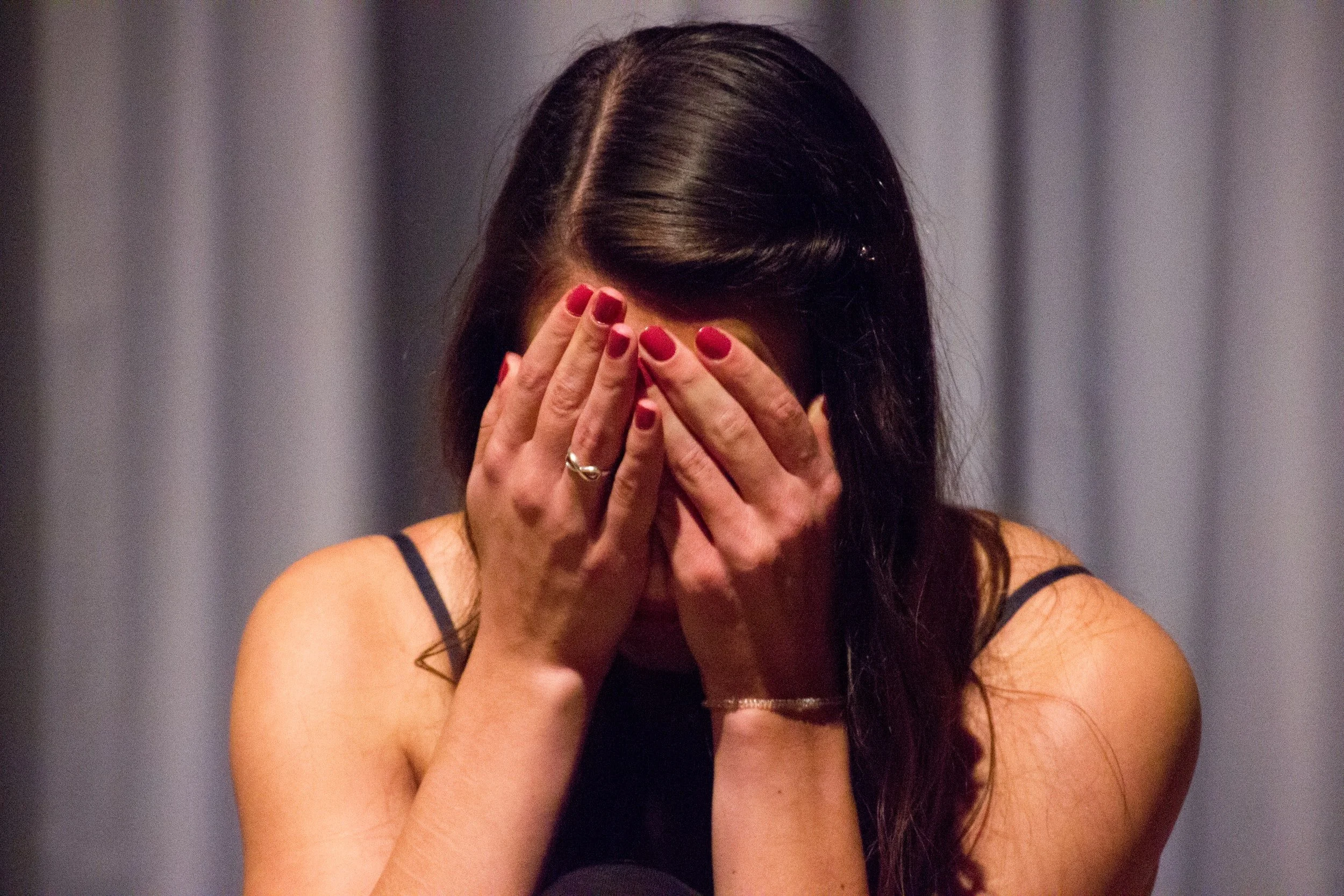Dismissing and Diminishing Your Past Keeps You From Healing
A common conversation I have with clients centers around them telling me about their past trauma, followed by them immediately dismissing their experience.
It’s a conversation that slowly but inevitably allows us—as therapist and client—to talk about the way they dismiss and diminish their past, and why this is so important to recognize and to change.
So why do we dismiss and diminish our pasts?
Psychological defense mechanisms
Simply put, the acts of dismissing and diminishing our past are psychological defense mechanisms. All such defense mechanisms are, ultimately, unconscious attempts and strategies used by an individual to help protect themselves from what can feel like intolerable feelings and thoughts should they face their reality.
Excusing, dismissing, minimizing, explaining away, diminishing, rationalizing, justifying…however and whatever descriptor you wish to give these attempts, all are ways in which we attempt —albeit poorly—to protect ourselves from pain.
As with all psychological defense mechanisms and other ways we organize ourselves to cope with and survive traumatic experiences, doing this, at some level, is very wise. Why? Because as children, we’re objectively quite powerless—really, at the mercy of our caregivers and circumstances.
But children are clever. They are survivors. And children will do whatever it takes to organize themselves—their feelings, thoughts, behaviors, personalities, needs, and wants—to be what they need to be in order to protect themselves in their circumstances.
And one approach that can help children and adolescents cope is to dismiss and diminish what happens (and happened) to them.
Rationalizing, justifying, dismissing, and diminishing the pain they are suffering—and the emotional pain they have about it—helps mentally and emotionally protect them so that they can get through the rest of the time they have to endure living with their abuser.
To fully acknowledge how terrible and hard their circumstances are while they are still trapped inside the situation, with 5, 8, 10 years to go before they can get out and leave—it would be too much. So they learn to explain away, to dismiss and diminish, to do whatever it takes to avoid feeling the enormity of feelings about their circumstances.
But, inevitably, after the child grows and leaves the home, those same psychological defense mechanisms may no longer serve them; instead, they may harm them. The harm in continuing to diminish and dismiss our childhood trauma histories as adults is that it keeps us from feeling our pain, grief, and anger about our past.
In order to truly heal—to process our experiences, make sense of them, and work toward psychological integration—we must feel our feelings about our past.
How we delay the healing process
The longer we continue to use dismissal and diminishment, or any other psychological defense mechanism, to guard ourselves against feeling the feelings that are inevitably inside us, the longer we will delay and deny our healing process.
I understand, personally and professionally, how incredibly scary and painful it can feel to imagine actually allowing yourself to really feel your feelings about the past: It’s normal and natural to want to avoid pain. Plus, there’s often a strong and common belief that if we actually do start to allow ourselves to feel our feelings about the past, it will be like a proverbial tsunami, that we won’t survive the full strength of our feelings, and/or that once we start to feel our sadness and anger, it will never end.
And yes, sometimes when we start to feel our feelings about the past, the force of those feelings may be overwhelming. But a good trauma-informed therapist will help you to titrate your feelings so that they don’t overwhelm and re-traumatize you, and so that they feel tolerable.
And what’s also true is that our grief about our pasts—our sadness, anger, rage, regret, confusion, or despair—may take some time to fully process.
But it’s still necessary to appropriately feel our feelings about our past and to begin the grieving process.
How to begin the healing process
You can begin with this tool: Place your hand on your heart. (Really—this part is important.) And say to yourself, out loud: “What happened to me wasn’t okay. What happened to me wasn’t normal. What happened to me should never happen to a child. I have a right to feel sad and angry about what happened to me.”
Notice what happens in your body as you make contact with yourself in this way—hand on your heart—and as you verbally acknowledge your past and how it was not okay.
Track your somatic sensations, notice your thoughts, and whether—at all—you quickly want to jump away from the exercise or explain it away as being ridiculous and pathetic, and useless.
Stay just a little bit longer, hand on heart, breathing deeply, stilling yourself to track your experience. And if feelings start to rise up, allow yourself to feel them in tolerable amounts.
In allowing yourself to feel what surfaces for you, you will support your healing process.

